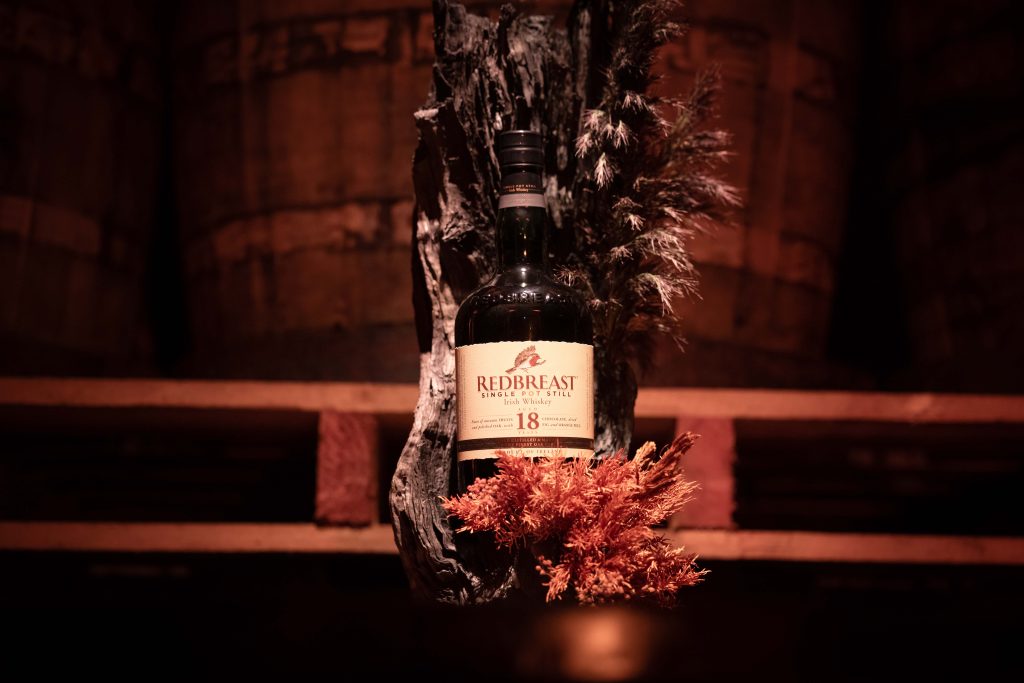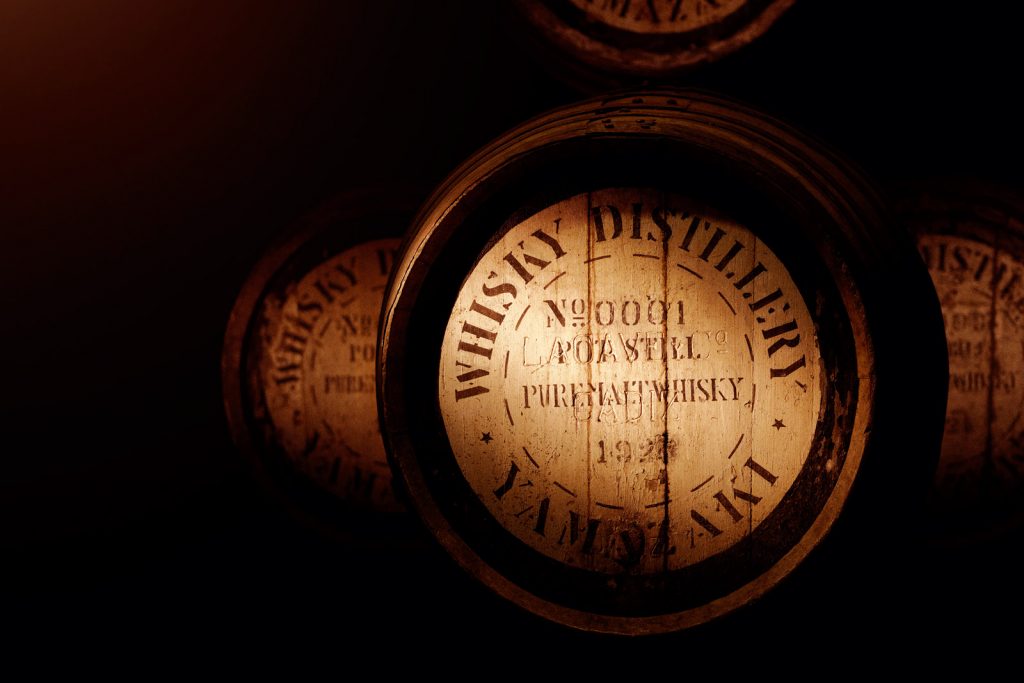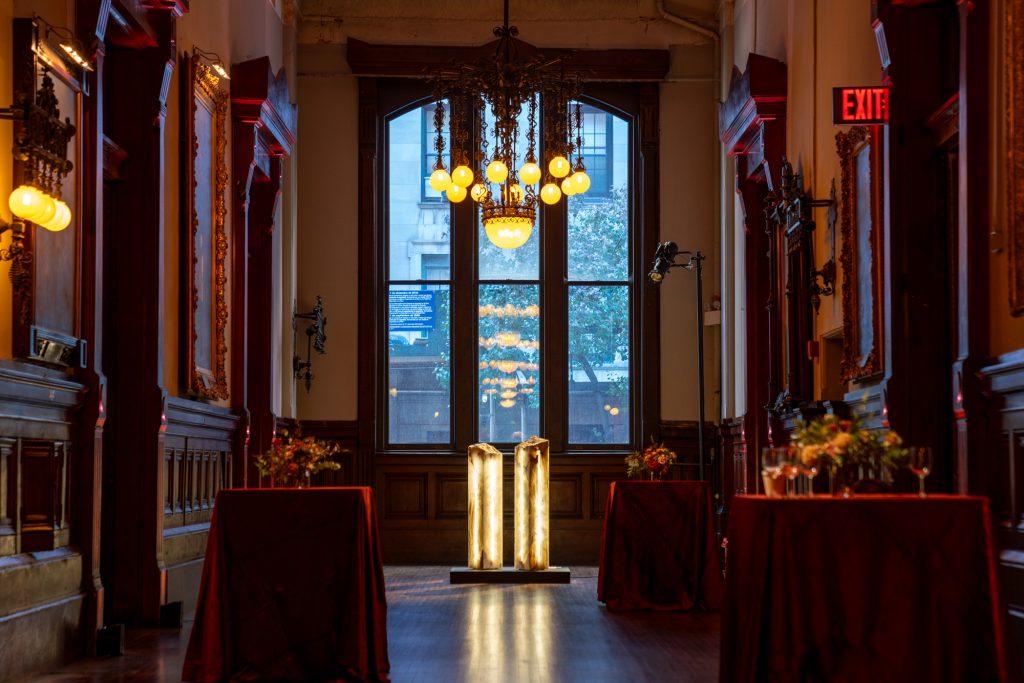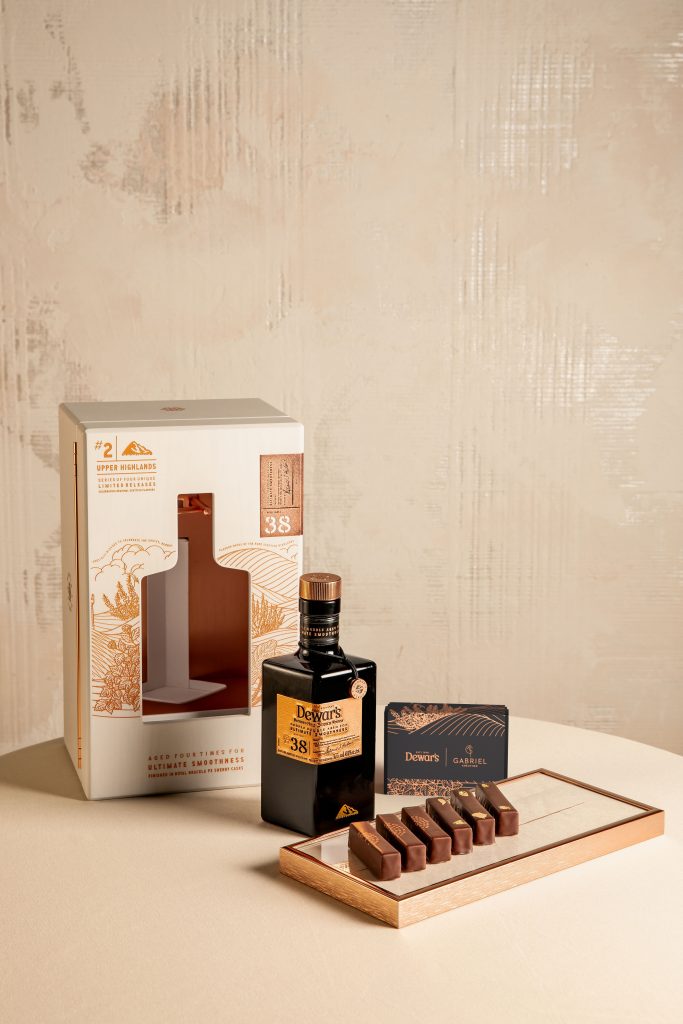Copper and Wood at Midleton Distillery
The materials influencing whiskey at Jameson’s masterful home in Cork, Ireland

With the US release of acclaimed Irish whiskey Yellow Spot, and news of a very rare Irish oak-aged whiskey being produced, we once again made our way to Jameson‘s Midleton Distillery in County Cork, Ireland—where the aforementioned, and everything else in Pernod Ricard’s superb Irish Distillers portfolio are produced. With such an array of outstanding spirits, long overseen by former Master Distiller Barry Crocket and now under the watch of Master Distiller Brian Nation, there are two striking attributes to the distillery that separate it from others: copper and wood.
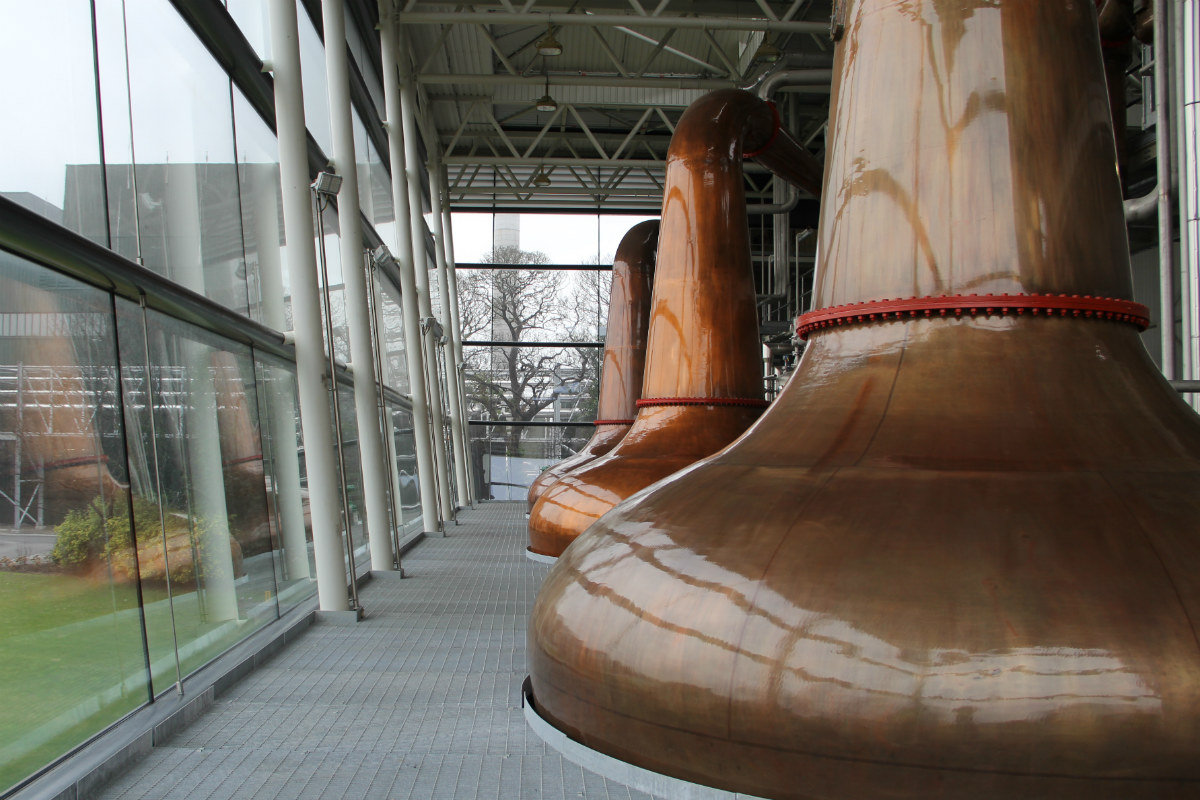
Over 70 brands stake claim to the spirit produced at Midleton. And the one common thread between them all (from the prolific Jameson original to the luxuriant Midleton Very Rare) happens to be the three largest active copper pot stills in Ireland. Housed in the relatively new Garden Stillhouse—a very modern addition to the iconic location—each still can hold 80,000 liters of fluid. Despite their vast size, each was hammered together by hand in Scotland, by the historic pot still producers Forsyths. Midleton is actually awaiting three more of the same size. Orders were placed with Forsyths in 2014, and delivery is expected in 2017. It’s a testament to the amount produced at the facility and the increasing demand for Irish whiskey. There aren’t other stills like this around the world, and they beget quality as much as quantity.

After distillation across all the stills, the spirit then diverges. Some is blended with continuous still grain whiskey, some is immediately barreled—and this is when whiskey forms in conjunction with wood. To best understand what makes Jameson so reliable and balanced (in light of 4.7 million cases sold annually) and what makes something like Redbreast 21 so unique, it’s best to take a closer look at the wood that it’s aged within.
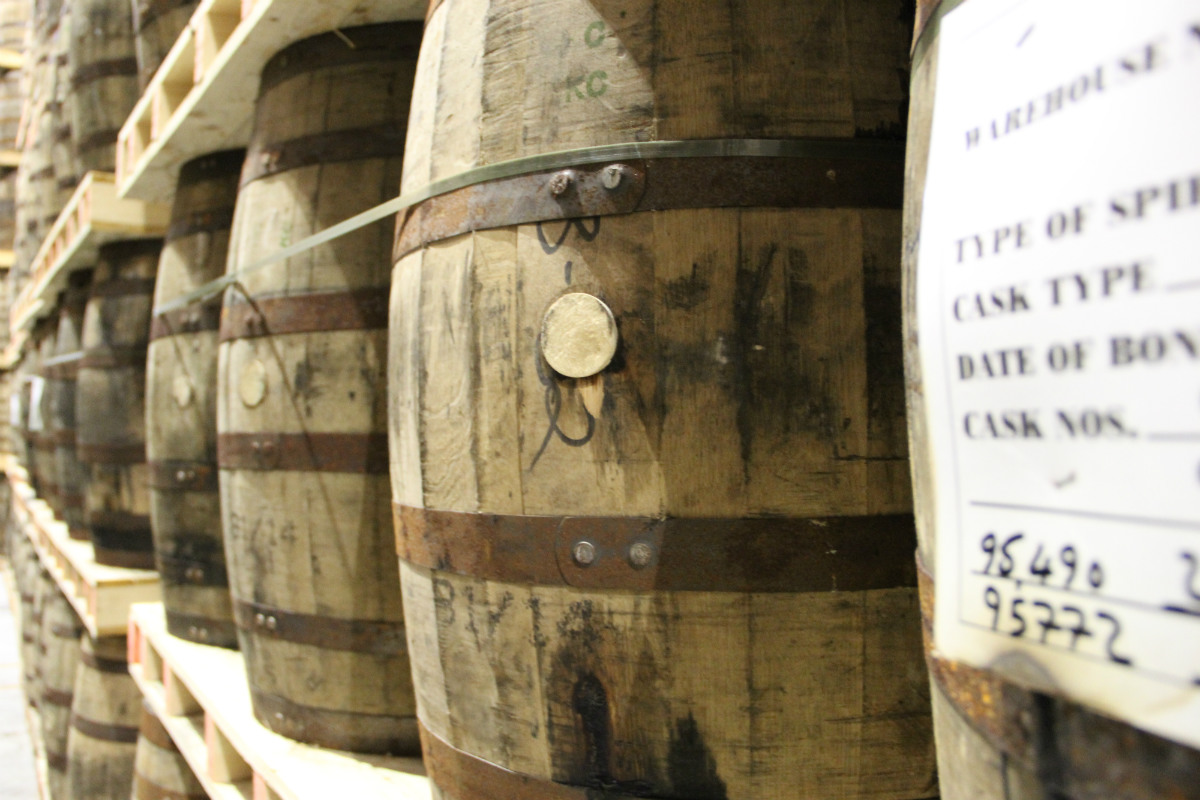
Through understanding wood, it’s easier to grasp hold of flavor profiles in whiskey. On the simplest level, American bourbon barrels yields vanilla and even caramel notes, sherry casks yield spice and fruit. There’s a wide range of variation with both but it functions as a useful key. Jameson and the tenured team at Midleton have unprecedented relationships with American oak barrel producers in both Kentucky and Tennessee, as well as with Spanish oak barrel producers in Galicia. (Not to mention the team’s development of relationships with forests in Ireland for their expression, Midleton Dair Ghaelach, that will come stateside next year.) Kevin O’Gorman, Midleton’s Master of Maturation, alongside Master Cooper Ger Buckley, carefully chart the stages of forests, new barrels and the many fills each barrel can receive.
Jameson original is aged in two different types of wood: sherry butts and bourbon barrels. Whereas Jameson Select Reserve Black Barrel (a creamier and arguably more dynamic expression) is a blend of select barrels across both types of wood as well, albeit aged longer. James Gold incorporates virgin oak American barrels in place of port pipes. Everything from Jameson 12-Year-Old Special Reserve to Jameson Rarest Vintage Reserve employ flavor profiles drawn forth from the charismatic meddling of wood’s impact.
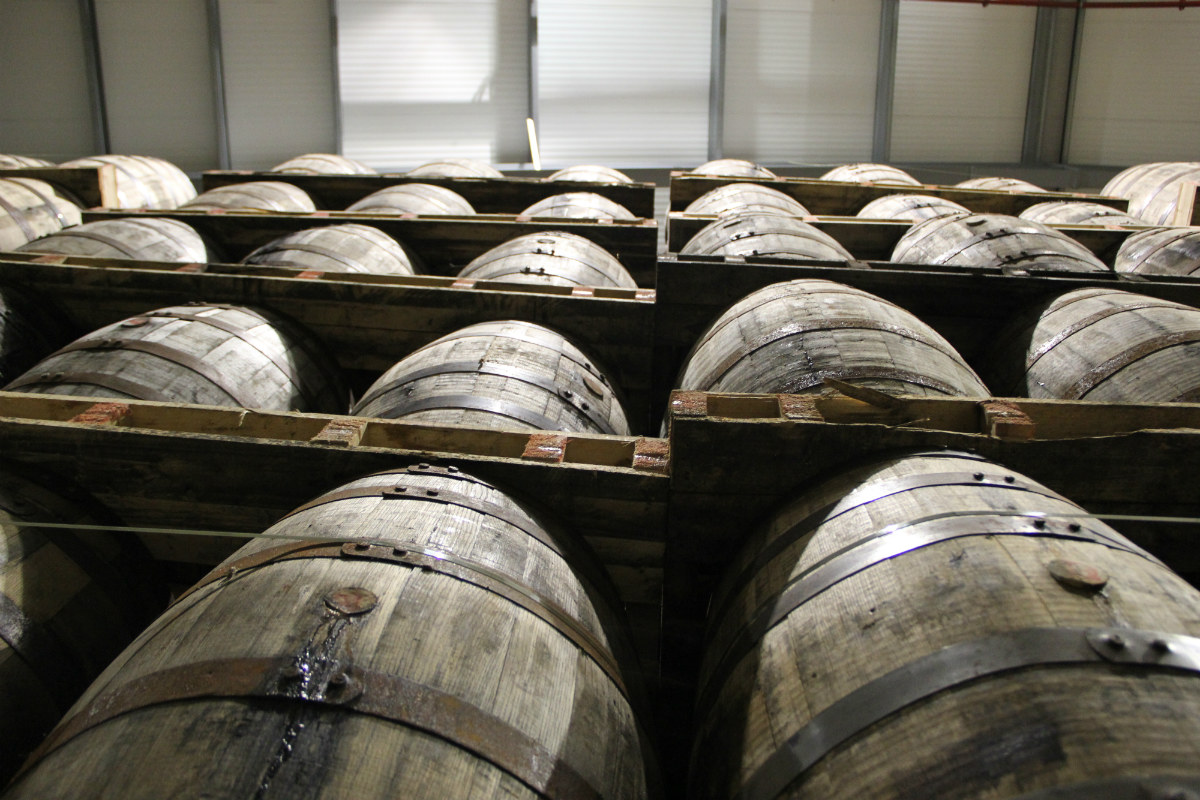
Over the past few years, Midleton’s single pot still whiskies have garnered much acclaim, and rightfully so. Green Spot (utilizing new bourbon and refill bourbon barrels, as well as sherry butts) and Yellow Spot (incorporating bourbon barrels, sherry butts and Malaga casks) yield an elegant taste and equivalent sensation achieved only with such resources and relationships. The Redbreast range employs celebrated Oloroso sherry casks to great effect and tingle on the tongue with vibrancy. And as for the oak char notes of Midleton Very Rare and the toasted wood of Midleton Barry Crocket Legacy, the luxuriousness can only be attained by hand-selected masterfully maintained wood.
The level of experimentation within the Midleton facility is high and it’s their access to such wood that allows this. But of equal importance is balance, and the signature DNA drinkers have come to expect from Jameson and its sibling brands. While they all pass through copper like none other, they also all age side-by-side in wood sourced from around the globe that’s been sought out and looked over by masters of their craft.
Images by David Graver
